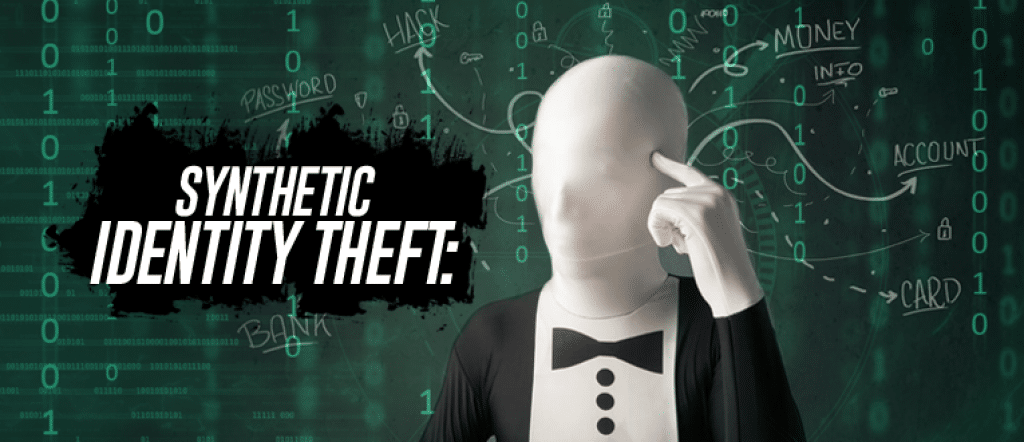What is synthetic identity theft?
Synthetic identity theft is the fastest-growing form of identity theft, according to data shared by the Federal Trade Commission, and is thought to account for well over 80 percent of all identity theft reported today.
With synthetic identity theft, criminals create a new identity by piecing together real and fake information from various sources.
Synthetic identity theft is responsible for more than $1 billion in losses per year.
How does it work?
Thieves who steal your personal information might try to avoid being caught by using only certain aspects of your data.
And the truth is, this form of theft is enticing to criminals because they don’t need to steal everything from you; just a small piece of information could put them on track to create a new identity.
Criminals could find portions of your identity by looking through your mail or your trash, by hacking into your computer, or by taking advantage of information they see at work.
Identity thieves could decide to use your name or Social Security Number to combine with fake details, or details gathered from another victim, to create what is essentially a new person.
With a new identity, thieves can now open a new account, apply for new credit cards or cell phones, or buy other products.
How can it hurt me?
Because synthetic identity theft involves only a portion of your actual identity, this type of theft often doesn’t show up on a credit bureau report.
In other words, knowing that you might be a victim of synthetic ID theft can often be difficult, and might even take years to realize.
According to the Identity Theft Resource Center, “if negative information is attached to another file that is linked to your credit-bureau report file, this can negatively impact your credit report and credit score.”
This is often referred to as a “fragmented” or “sub-file,” which is an additional report related to your Social Security Number but in someone else’s name or address.
If a fragmented file related to your credit report is linked to negative information because of a criminal’s synthetic identity theft, your ability to receive credit could be hurt.
Creditors might begin calling you because they have found your name or Social Security Number attached to a debt they’re owed from a criminal’s activity.
Security experts say recovering from the damage caused by synthetic identity theft can take years.
How do I stop or detect synthetic identity theft?
Well, it’s not always easy. The truth is that credit monitoring, credit freezes and other fraud alerts typically won’t work to stop this crime.
Still, it never hurts to monitor your credit reports often to watch for anything suspicious that might show up.
Some security experts suggest the best way to catch synthetic identity fraud is to scan national databases for your Social Security Number and other personal information.
This could also be your date of birth or address, and helps determine whether someone else might be using your identity in whole or in part.
These national databases could include credit bureaus, public records, credit companies, criminal records or even the Department of Motor Vehicles.
Keep track of your Social Security Number, and shred personal documents before you toss them in the trash, including those credit card offers you receive in the mail.
And don’t forget to protect your children’s identity.
If thieves can target you, they can also take advantage of any of your child’s information.
Studies have shown 70 percent of children who become the victim of identity fraud eventually have credit accounts or loans fraudulently placed in their names.
Many – perhaps as much as 20% – will have a utility bill in their name.
Others have their identities used for fake driver’s licenses, vehicle registration, mortgages, employment applications and more.[/vc_column_text][/vc_column][/vc_row]

